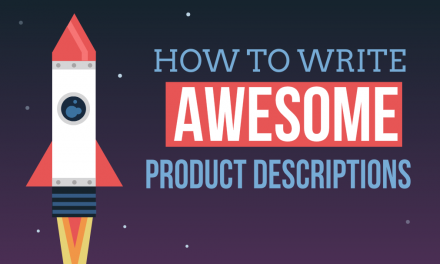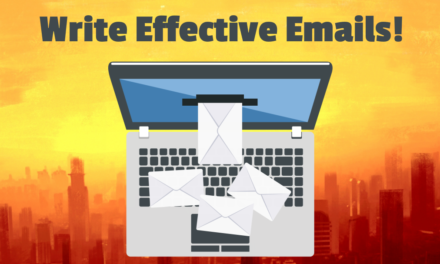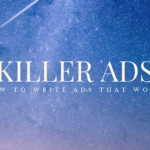If you want people to read your press releases, then you’re going to need to write something that appeals to three very different types of people. One of them’s a robot, so even that definition is stretching it a bit. The robot is, of course, referring to the search engine spiders, which aren’t actually spiders or robots in the traditional sense, while the other two groups are the core people you need to watch out for every time you write a press release: your audience – the end readers – and the people who will publish it, editors and journalists alike.
There is also a fourth group, the news agencies, whose rules you do need to follow. Otherwise, they will beat you soundly for your impertinence. I’m sure you’ll guess which group that is upon reading the relevant section! Without further ado, then…
Buttering Up The Search Engines Something Lovely For Fame and Fortune
SEO, or Search Engine Optimization when it takes off its corset and tells you its full dainty name at midnight, is perhaps one of the best reasons out there to think about creating and distributing a press release online.
So, what’s your press release going to be about? Of course, it should be newsworthy, but that’s not necessarily going to help with SEO. What will help with SEO is researching what people in your industry or niche are looking for.
Yes, effectively press releases are now yet another form of content marketing. If you’ve done a lot of this, you know the drill, so get to it.
Just in case you don’t though, this basically means that it’s time to do some research. What you’re looking for are keywords. So, look for articles, forum posts, and even videos to see what people are typically looking for, and find the keywords that resonate through them all. You’re not going to need all of them (do stow them away for use another day – why waste good research?). Instead, find one keyword phrase that you can use in the title and body of your press release, and you’ve got yourself something that’s fairly well optimized.
Doesn’t sound like much, does it? Well, it’s more than the sum of its parts, as Google, Bing, and all the others in the search engine mafia will be digging around for these words. Just make sure they’re in your title and your body text.
The More Quotes, The Merrier? The Traditionalists Demand It! (But Only Two)
This is one of those rules that have been etched in stone since the first press release flopped onto an editor’s desk. Since then, the stone has gone missing, but the rule – like so many – remains to torture everyone. This might not seem like a group of people, but what can I say? I sacrificed accuracy for a good opening line! With that said, let’s call them the traditionalists in a vain attempt to claw this all back from an article disaster.
Nobody’s really sure why two quotes is the magic number of quotes – it just is. See, it’s those crazy traditionalists, thriving on the thing that gave them their modest name. Most, if not all, news agencies demand it, and the convention is thus:
- A quote from a customer or someone with more than a passing interest in the subject
- A quote from the business owner, or somebody who works in the business
The order doesn’t particularly matter – I like to do it the reverse way of the above, because why not? The quotes themselves need only have to be relevant to the subject – for example, discussing the new product, how happy everyone is with the new CEO, or how serious it is when people don’t understand something very important that your industry specializes in. If you don’t do this, then you’re going to face a lot of tutting and quite a bit of rejection. In other words, if you don’t like being rejected, give the crowd what they want: two quotes!
Know Thy Audience – And Write For Them (Or Your Publishers Will Hate You)
This is pretty basic, but it often gets forgotten. If you write a wonderful press release – the caliber of which is so great that it could genuinely win accolades from a distinguished jury of your peers, the proverbial’s going to hit the fan if you wrote it for an audience other than those who were meant to read it.
Think of it in movie terms. When you write a movie for horror fans, you don’t write a romcom script. That’s not horror – that’s improbable situations between two people who finally get together after a lot of hilarious incidents. The movie will be panned, and you will be expelled from Hollywood, forever. Which may or may not be a bad thing, depending on your personal opinion.
In press release terms, it means knowing who will likely read this. Which publications are getting it? What is their audience like? As a general rule of thumb, a retired man in his seventies is unlikely to share the interests of a bubbly twenty-something woman. If you get this wrong, you’re not just wasting your time, you’re wasting their time and the publication’s time.
Now, it’s that last one that’s a real cause for consternation. Editors don’t like clowns, and next time you drop a press release on their desk, they’re likely to toss it in the trash bin while grumbling about what an idiot you are.
That’s what used to happen then, and while most trash bins these days are digital, the destination is much the same: the void of oblivion. Just check out your spam account and imagine your press release in there for some real-time feels. ?
As you might be starting to realize, building a good relationship with journalists is pretty important, especially if you’re doing the distribution yourself. If you make their job easy, they’ll be much more inclined to help you.




![[Part 2] Where Is Content Marketing in 2018 Going?](https://emmakicopywriting.com/wp-content/uploads/2018/07/Content-marketing-trends-cover2-440x264.png)





